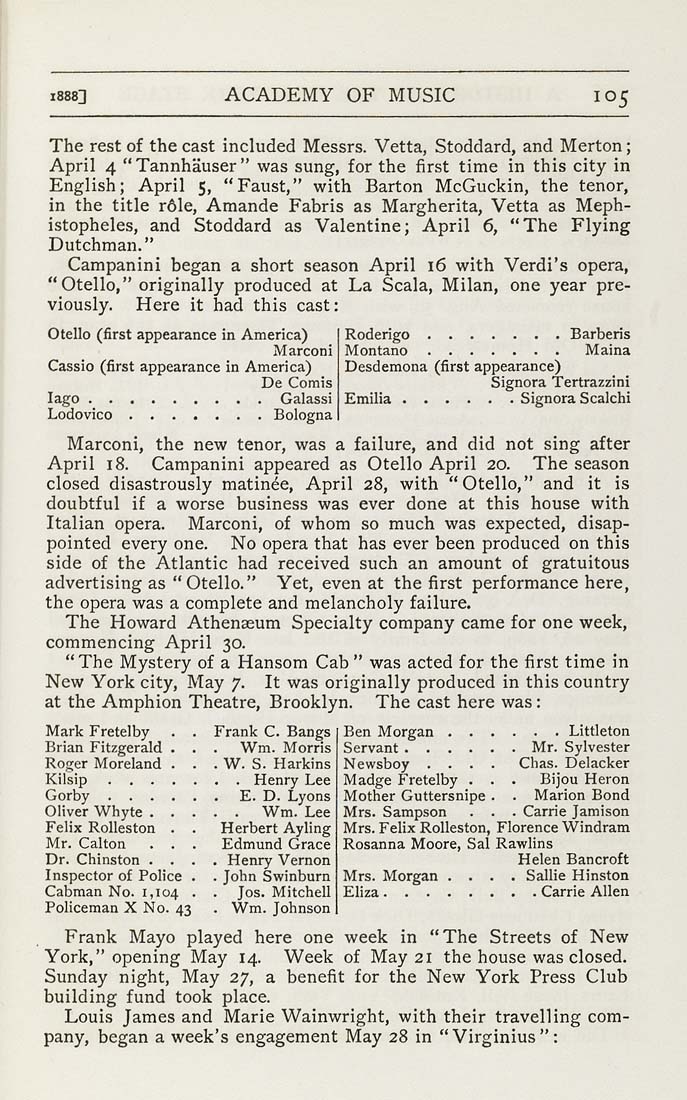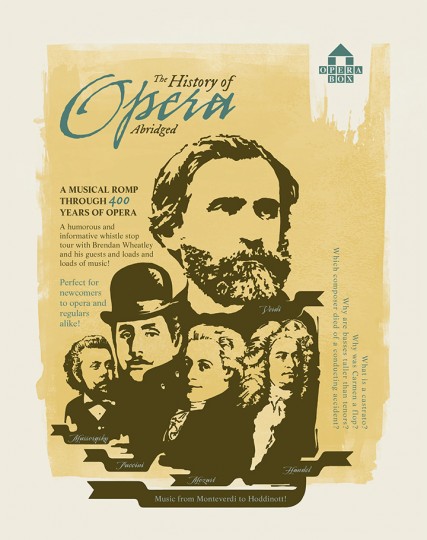
A Beethovenian impulse towards forging the strongest and, crucially, most dynamic unity in diversity in no sense precluded definition of ‘character’ with respect to ‘numbers’, to the old operatic forms, which retain a strong presence within the greater whole of the through-composed act, indeed which help determine and ‘form’ that greater whole. There was no ‘interventionism’ for its own sake, but the Wagnerian melos, even in what we might consider the early or at least intermediate stage of ‘Romantic opera’, sang, developed, brought forth musical drama, founded as it was on the surest of harmonic understanding, the surest grasp of poem, music, and staging (such as it was), and above all, that Furtwänglerian long-distance hearing ( Fernhören) of which Barenboim at his best is now as distinguished an exponent as any living conductor. Barenboim’s ability to have the music ‘speak for itself’ should not be taken to imply ‘neutrality’, whatever that might be. If proof were needed that Barenboim has passed from excellence to greatness, drawing upon years of experience both as pianist and conductor as well as inspiration from musicians of his youth such as Furtwängler and Klemperer, it was here in abundance. Sasha Waltz (director, choreography, designs)įor the first night of the Berlin State Opera’s new Tannhäuser Daniel Barenboim and the Staatskapelle Berlin fulfilled even this writer’s heightened expectations, with playing and conducting matching their peerless Proms Ring last summer. Hermann, Landgrave of Thuringia – René Papeįour Pages – Julia Mencke, Konstanze Löwe, Hannah Wighardt, Anna Charin




Musikalische Leitung: Daniel Barenboim Inszenierung: Sasha Waltz Bühnenbild: Pia Maier Schriever, Sasha Waltz Kostüme: Bernd Skodzig Licht: David Finn Photo credit Bernd Uhlig Wagner, Tannhäuser: Soloists, Dancers, Staatsopernchor Berlin (chorus master: Martin Wright), Staatskapelle Berlin / Daniel Barenboim (conductor).


 0 kommentar(er)
0 kommentar(er)
